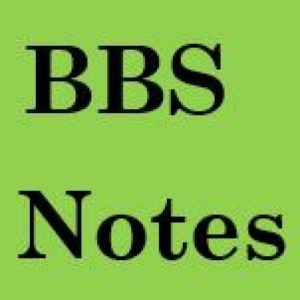We have TU BBA 3rd Semester Syllabus and Subjects list. There are 5 subjects in third semester of BBA. Many subjects are the conituity of the BBA second semesters. BBA third semester students can download these syllabus and prepare their examination according to it.
BBA 3rd Semester Syllabus and Subjects
Following are the detail informations of the third semester.
Here, For Syllabus PDF: CLICK HERE
Subject Lists
Following are the subject lists of third semester.
| Name of the Subject | Subject Code | Lecture Hours | Credit Hours |
|---|---|---|---|
| Financial Accounting | ACC 201 | 48 LH | 3 CH |
| Business Communication | ENG 203 | 48 LH | 3 CH |
| Business Finance | FIN 201 | 48 LH | 3 CH |
| Management Information System | ITC 203 | 48 LH | 3 CH |
| Business Statistics | STT 201 | 48 LH | 3 CH |
Here, For Syllabus PDF: CLICK HERE
If you have notes of any semester of BBA than you can donates it to us. It will be very helpful people who do not have notes for exam preparation. They can easly know the structure of the question in the exams.
For More Details Visit Us: CLICK HERE
Other Important Links:
a. BBA third semester Model Questions: CLICK HERE
Frequently Asked Questions
TU BBA 3rd semester subjects List?
= There are five subjects in BBA 3rd Semesters:
List of the subject and their subject code:
- ACC 201: Financial Accounting
- ENG 203: Business Communication
- FIN 201: Business Finance
- ITC 203: Management Information System
- STT 201: Business Statistics












